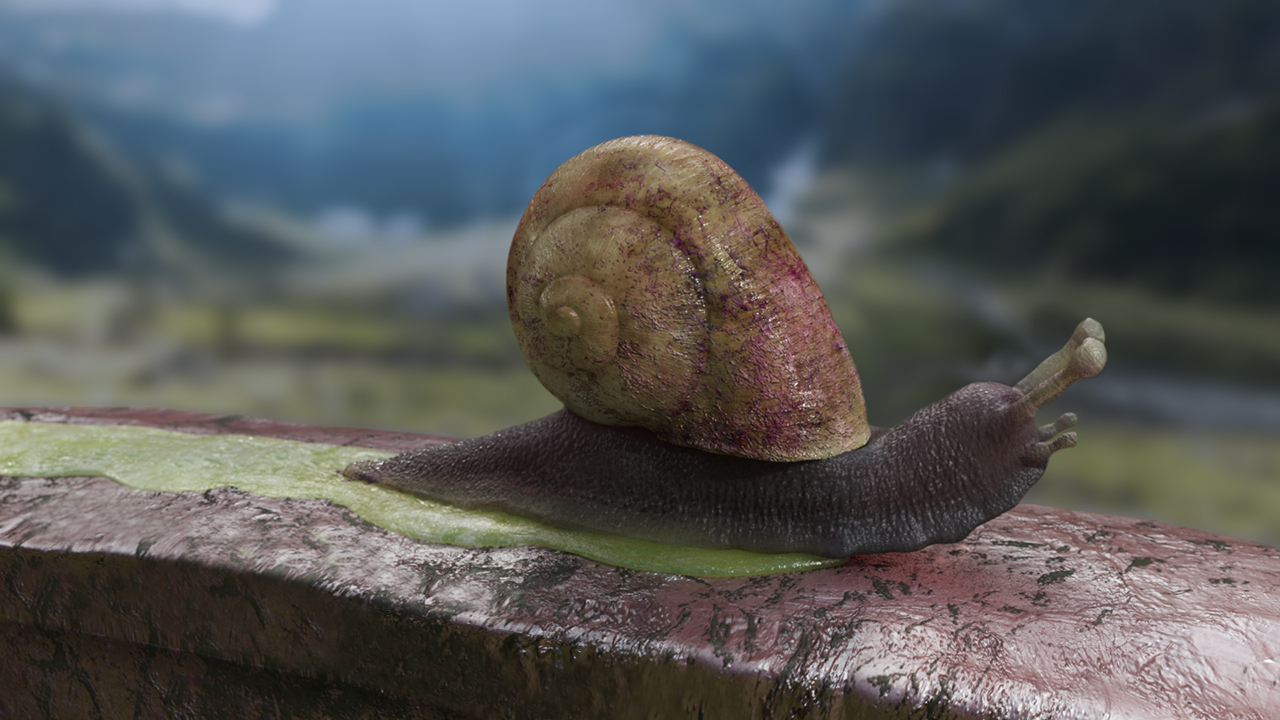- Course
Utilizing Advanced Shading Techniques Using V-Ray in Maya
In this series of V-Ray and Maya tutorials, we'll examine step by step how V-Ray shaders work and how we can modify and stack them to create realistic materials. Software required: Maya 2014, V-Ray 2.40, NUKE 7.

- Course
Utilizing Advanced Shading Techniques Using V-Ray in Maya
In this series of V-Ray and Maya tutorials, we'll examine step by step how V-Ray shaders work and how we can modify and stack them to create realistic materials. Software required: Maya 2014, V-Ray 2.40, NUKE 7.
Get started today
Access this course and other top-rated tech content with one of our business plans.
Try this course for free
Access this course and other top-rated tech content with one of our individual plans.
This course is included in the libraries shown below:
- Core Tech
What you'll learn
In this series of V-Ray and Maya tutorials, we'll examine step by step how V-Ray shaders work and how we can modify and stack them to create realistic materials. We'll cover BRDFs, reflectance curves, and the layering of different components to create complex materials. We'll also look at creating many different types of shaders, such as metallic paint, ice cubes, and various insect textures for our snail asset. You'll gain a good overall understanding of some of the more expert features of the V-Ray shading tools. By the end of this V-Ray and Maya training, you'll have a deeper understanding of advanced shading techniques using V-Ray in Maya. Software required: Maya 2014, V-Ray 2.40, NUKE 7.

